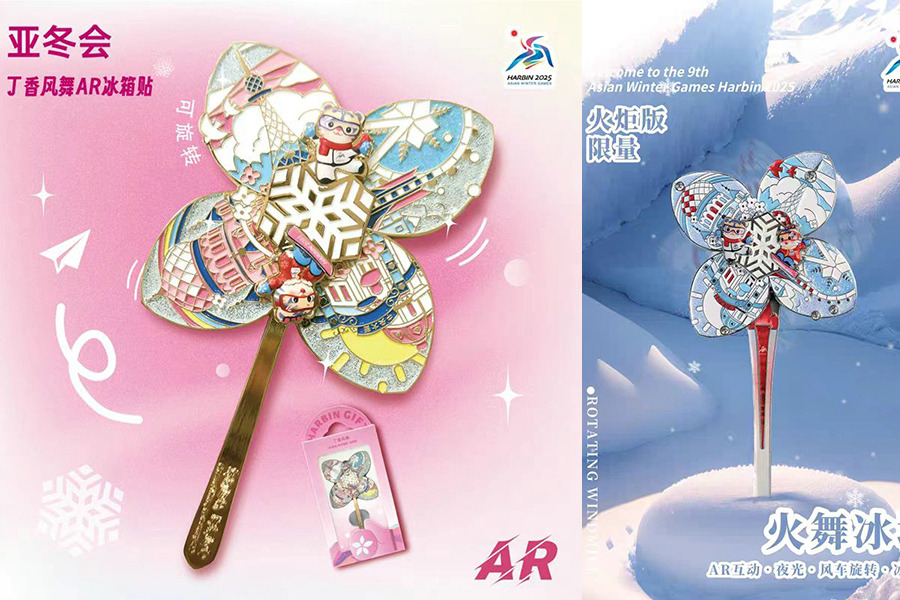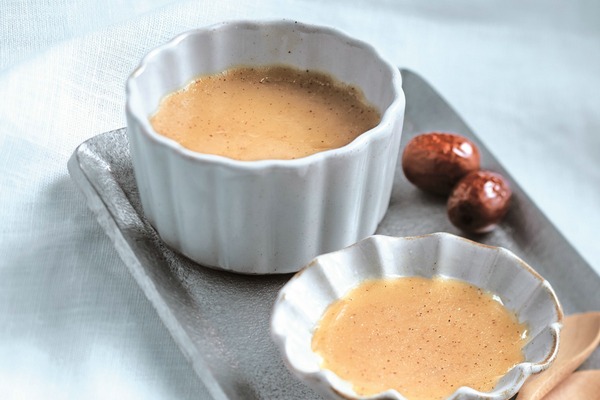Grape expectations as domestic beverage raises a hearty cheer

In 1972, winemaker Guo Qichang received an invitation from the Shacheng winery in Huailai county, Hebei province. Located in one of China's earliest grape-growing regions, the winery hoped that Guo could help improve quality and assess its grape varieties.
Two years later, while attending the Canton Fair in Guangzhou, Guangdong province, Guo was struck by the differences between Chinese wines and their international counterparts.
At the time, most domestic wines were sweet, made from local grape varieties, and sealed with tamper-proof or crown caps. Meanwhile, international wines were largely dry, produced from globally-recognized varietals, and sealed with corks.
The gap revealed not just a difference in taste, but a divergence in winemaking philosophy. Guo returned from the fair with a clear plan: to transform Chinese wine and align it with global standards.
In 1976, after years of research and experimentation, Guo and his team succeeded in producing China's first dry white wine. It marked the beginning of a shift away from traditional sweet wines toward the dry wines favored on the international market. It also set in motion a broader diversification of domestic wine production.
That transformation is still unfolding today. At this April's Wynn Signature Chinese Wine Awards in Macao, the growing diversity and quality of Chinese wines was on full display.
Wines made from Chardonnay, Viognier, Cabernet Sauvignon, Syrah, Dragon's Eye, and the increasingly distinctive Marselan — all produced in China — were honored by an international panel of judges. The awards included red, white, rose, and sparkling wines, underscoring how far the industry has come.
Guo's son, Guo Songquan, who helped his father make the pioneering dry white, says that in 1979, the winery exported 90 cases (12 bottles in each) of the wine, and earned a national gold quality award.
Encouraged by the recognition, the team continued to push the envelope. In 1983, they produced China's first dry red wine at the Changli winery in Qinhuangdao, Hebei — an area which, like Bordeaux, lies on the 39th parallel, and is ideal for winemaking.
"At the time, every step was a technical challenge," Guo Songquan says. "Today, seeing the wide variety of Chinese wines, I feel proud. Our industry has moved from technical advancement to a broader vision. I believe Chinese wine will be known and respected around the world."
China's journey with winemaking began much earlier. According to Professor Zhan Jicheng of the China Agricultural University, industrial-scale production dates back to 1892, with activity in Henan province, Shanxi province, Shandong province, and Beijing.
But war and instability hindered development. After 1949, state-owned wineries were established in regions like the Xinjiang Uygur autonomous region, Anhui province, and Shandong to revive the sector.
The 1980s proved pivotal. Large-scale enterprises emerged, and the structure of the wine industry began to change. Changyu shifted from a public-private enterprise to a listed company in Hong Kong. In 1980, Dynasty became China's first Sino-foreign joint venture winery. Great Wall soon followed.
According to Zhan, by the 1990s, dry reds were on the rise, driving strong market demand. The early 2000s saw rapid expansion, with production spreading westward from the traditional hubs of Shandong, Hebei, and Tianjin, to the central and western regions. Today, the original regions still account for nearly half of the country's wine production, Zhan says.
Since 2016, however, total wine output has declined — particularly among large-scale producers. But Zhan says that the data may not tell the full story because many boutique wineries fall outside official statistics due to their smaller scale.
"In recent years, boutique wineries have flourished," he says. "Their numbers are growing, and their quality is improving fast. We're now seeing Chinese wines regularly winning international awards. Chinese wine is becoming a meaningful part of the global wine conversation."
This year's Chinese Wine Awards highlighted that shift, with both established and emerging wineries among the winners. "It showed the growing diversity of Chinese wine," Zhan says.
One gold medalist, Petit Mont Baima Snow Mountain Degin Cuvee Prestige 2023, came from independent winemaker Ma Jie, who owns neither a vineyard nor a winery.
"I see more people becoming independent winemakers, which is great," Ma says. "It means young people can enter the industry and create wines in their own style."
Still, he acknowledges the challenges. "Independent winemakers face higher costs and more hurdles with communication than big wineries," he says. "But we all need to stay focused on quality."
From the first bottle of dry white in a Hebei winery to today's award-winning vintages, the story of Chinese wine is no longer one of imitation — but of innovation, ambition, and growing global recognition.
?




































